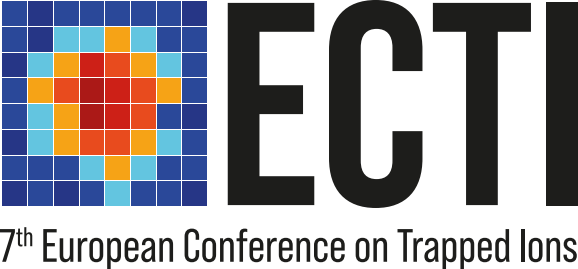Speaker
Description
The Antimatter Experiment: Gravity, Interferometry, Spectroscopy (AEGIS) at CERN utilizes cold antiproton beams from the Antimatter Decelerator to study gravitational effects on antihydrogen beams. The pulsed production of Rydberg excited antihydrogen is achieved through a charge exchange reaction between laser-excited Rydberg positronium and cold antiprotons. This same technique is now being adapted for creating cold antiprotonic atoms through charge exchange with Rydberg excited atoms within the trap.
At present, the antiprotons are sympathetically cooled by co-trapped electrons, which can reach temperatures down to tens of K. However, to achieve much lower plasma temperatures, laser cooling is required. Antiprotons can be sympathetically cooled using a laser-cooled species with a negative charge. Among various anions studied, the diatomic molecular anion C2- emerges as a promising candidate due to its well-known level scheme, absence of hyperfine structure, and high Franck-Condon factors. Simulations indicate that laser-cooled C2- could enable antiprotons to reach millikelvin temperatures within the Penning-Malmberg trap at AEGIS. This would pave the way for the novel formation of Super Rydberg antiprotonic atoms for precision QED studies and cold antihydrogen for measuring the influence of gravity on antimatter.
A proof-of-principle setup at CERN has been successful in generating pulsed beams of C2- molecules and trapping them in a Paul trap. Ongoing spectroscopic measurements aim to investigate the ro-vibronic ground state fraction post pulsed production, followed by the first photodetachment cooling of the molecular anion. Subsequent studies will explore non-destructive cooling methods, such as Sisyphus cooling, necessary for sub-K sympathetic cooling of the antiprotons.

